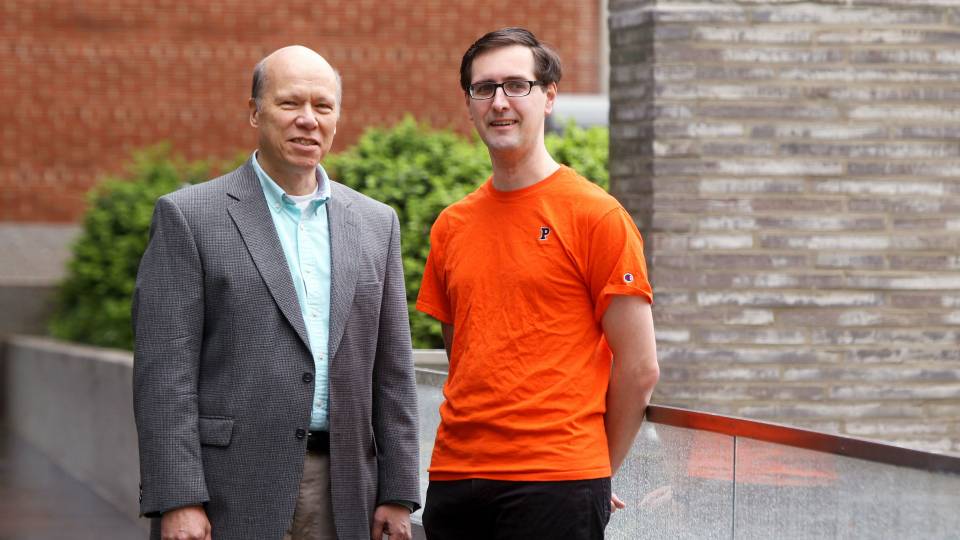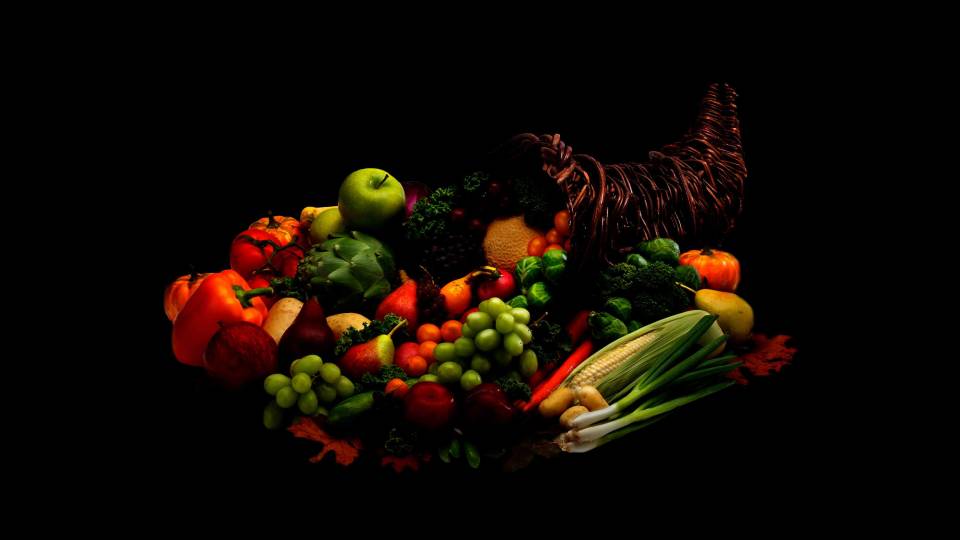Biofuels derived from renewable sources can be produced in large quantities and address many problems related to fossil fuels, including greenhouse gas emissions, but only if they are made from certain sources, according to a new article by a team of scientists and policy experts that included several Princeton researchers.
"The world needs to replace fossil fuels with renewable energy, but recent research findings have thrown the emerging biofuels industry into a quandary," said David Tilman of the University of Minnesota, a noted ecologist and lead author of the paper. "We met to seek solutions. We found that the next generation of biofuels can be highly beneficial if produced properly."
The paper coincides with climate change policy debates in the U.S. Congress and tackles land use issues that have generated much controversy in recent years. Specifically, it addresses concerns that clearing land to grow biofuel crops or to grow food crops displaced by biofuel crops can release more greenhouse gases than petroleum use. Titled "Beneficial Biofuels -- The Food, Energy and Environment Trilemma," the paper will appear in the July 17 issue of the journal Science.
Robert Socolow, a Princeton professor of mechanical and aerospace engineering, said that through careful scientific reasoning the authors of the paper discovered accounting rules to determine which strategies for generating biofuels were promising and which were not.
"It is essential that legislation take the best science into account, even when that requires acknowledging and undoing earlier mistakes," Socolow said. "Future carbon dioxide concentrations in the atmosphere will tell us when we're kidding ourselves about what actually works. For carbon management, the atmosphere is the ultimate accountant."
To balance biofuel production, food security and emissions reduction, the authors conclude that the biofuels industry must focus on five major sources of renewable biomass, the raw materials used to generate biofuels:
- Perennial plants grown on degraded lands abandoned from agricultural use
- Crop residues
- Sustainably harvested wood and forest residues
- Double crops and mixed cropping systems
- Municipal and industrial wastes
These sources can provide considerable amounts of biomass, at least 500 million tons per year, which could produce enough fuel to meet a significant amount of the U.S. demand for transportation fuels without releasing substantial carbon dioxide through changes in land use, the authors concluded. The researchers called for biofuels production to transition away from using food crops such as corn to generate fuels and toward the more sustainable sources they identified, which can be produced with much less impact on the environment.
Eric Larson, a researcher at Princeton Environmental Institute (PEI), said the new paper recognizes that converting farmland to grow a biofuel crop typically releases carbon dioxide into the atmosphere. For instance, growing corn produces a significant amount of greenhouse gases through the use of fertilizers and tractor fuel, and processing corn into ethanol requires burning fuels for heat. Some of those emissions would be offset by the carbon the corn absorbs from the atmosphere as it grows, so there would still be some emissions benefit compared to using petroleum-based fuels.
However, forests in other countries probably would be cleared to grow food corn to replace corn from U.S. farms used for fuel, a so-called "indirect land use impact" of biofuels. The researchers calculated it could take up to a century or more for such a tradeoff to result in a net reduction of greenhouse gas emissions, because cutting down forests and tilling freshly cleared land releases greenhouse gases into the atmosphere.
"You have to consider the whole life cycle of producing biofuels and the repercussions of converting new land to biomass production," said Robert Williams, a senior researcher at PEI. "In the petroleum industry they talk about the life cycle efficiency in terms of 'well to wheels.' Now we're talking 'field to wheels.'"
The discussions that led to the new paper began in June 2008 at a workshop on biofuels and food hosted by the Carbon Mitigation Initiative, a Princeton center headed by Socolow and Stephen Pacala, the Frederick D. Petrie Professor in Ecology and Evolutionary Biology and director of the Princeton Environmental Institute. The group included 11 experts from various backgrounds who exchanged views about the sustainability of biofuels, food and the environment. The other authors of the paper were Tim Searchinger of Princeton; Jason Hill and Jonathan Foley of the University of Minnesota; Lee Lynd of Dartmouth; John Reilly of the Massachusetts Institute of Technology; and Chris Somerville of the University of California-Berkeley.
"This group included both skeptics and enthusiasts for biofuels, and there was a lot of back and forth," Williams said. "Everybody involved had deep knowledge in aspects of the question. The discussion was guided by past research, and we spent a lot of time framing the scientific issues in ways useful for policymakers."
Foley, the director of the University of Minnesota's Institute on the Environment, said the consensus reached by the various authors of the article was remarkable. "Technology experts, energy systems analysts, climatologists, ecologists and policy experts all agreed: Biofuels 'done right' have a bright future in solving our energy and environmental challenges," he said. "Both new and existing biofuel strategies have the potential for being among the green energy solutions we need today."


